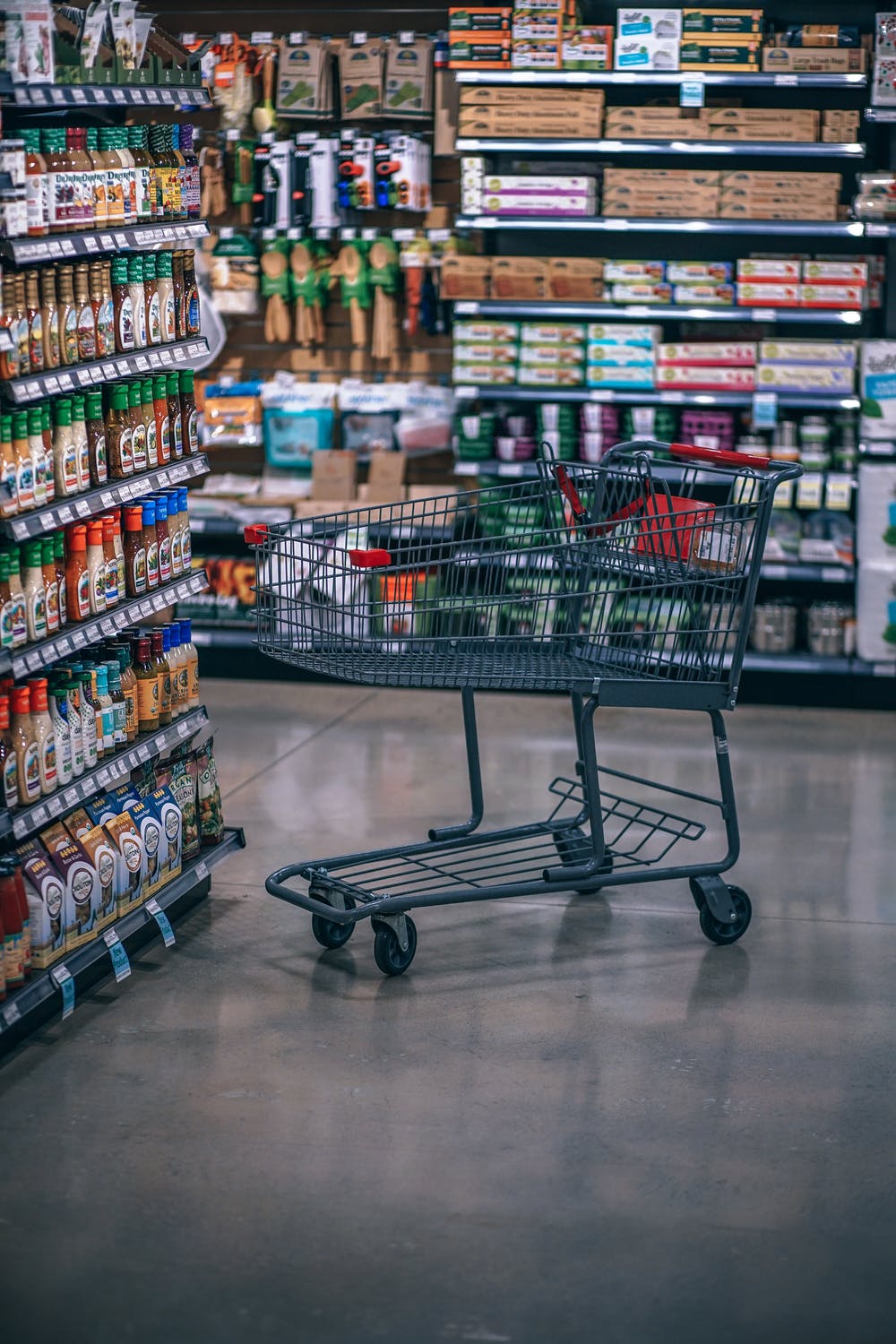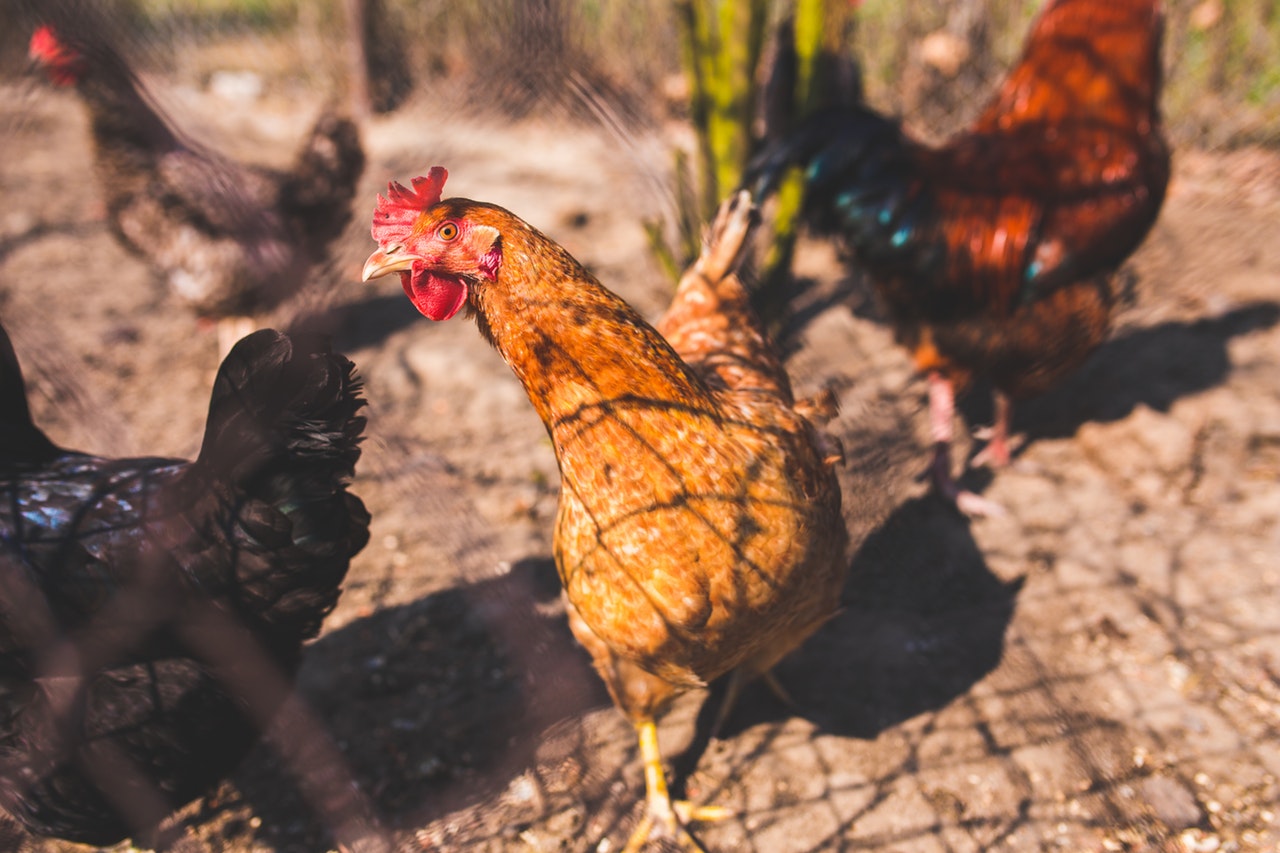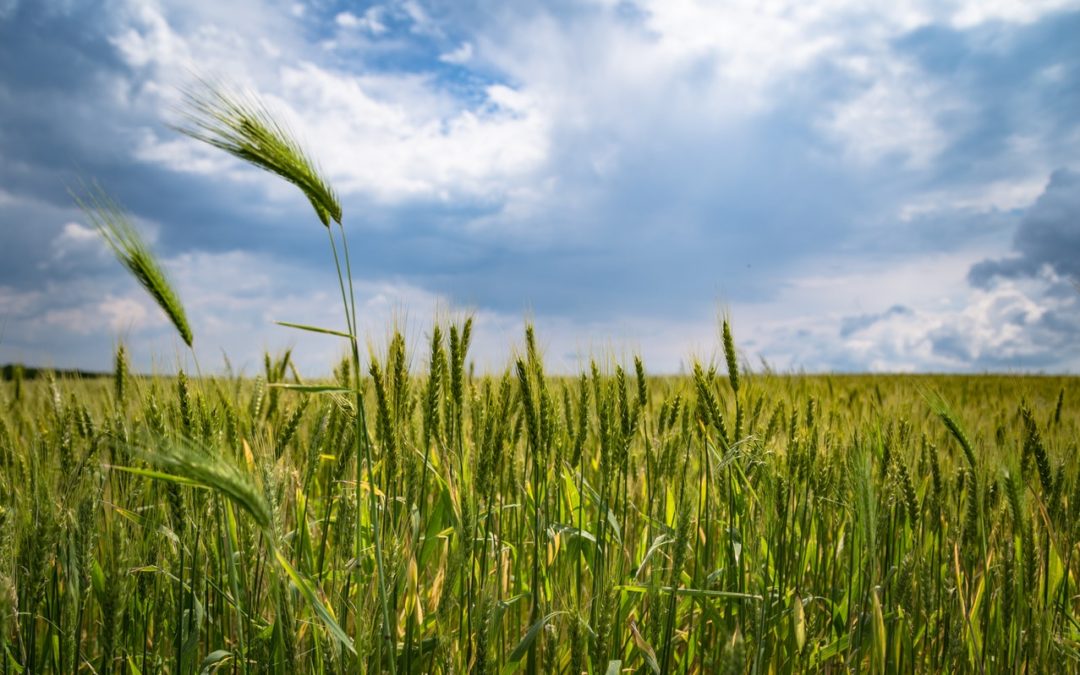The current Farm Bill is set to expire next month, and the proposed replacement is only widening the rift across chambers and party lines. With the ongoing debate, perhaps we should consider whether the current Farm Bill framework is even functioning. Consisting of programs with competing interests, the Farm Bill seemingly reduces the effectiveness of many of our most critical public programs dealing with food. Could our communities—our interests—be better served by more targeted programs than by the Farm Bill’s broad programs? For one, the bill doesn’t have animal welfare interests at the forefront, and recent proposals further threaten the well-being of farmed animals.
But before we get into the 2018 proposals, let’s review a bit of what the Farm Bill is and what it aims to achieve.
Farm Bill Basics
As a legislative mechanism, the first enacted Farm Bill was passed in 1933. At that time, our country was in crisis, amidst the Great Depression. Since then, the Farm Bill has been continually reauthorized about every five years. The current Farm Bill, adopted in 2014, is set to expire on September 30th, 2018.
Despite it’s name, the Farm Bill is about more than just farms or farming. Rather, it covers everything from supplemental nutrition programs to community development to research initiatives—all of which are important, of course.
At the most basic level, the Farm Bill is about three core values. First, the Farm Bill works to provide stability to farmers producing our nation’s food. The Farm Bill is also concerned with consumers; specifically, the Farm Bill wants to support families and individuals who lack access to healthy foods. Lastly, the Farm Bill outlines requirements for environmental conservation to protect the air, land, and water affected by farming practices. As you might imagine, these different tracts of the Farm Bill can have competing interests.
Something that’s in the best interest of the farmers, for example, might have a negative impact on the environment. At the same time, protecting the environment to the degree that’s necessary could be argued as too restrictive on farmers. Meanwhile, accounting for about 80% of Farm Bill spending, food access programs have become a centrally-debated topic of the two proposed Farm Bills this year. Which is unfortunate, considering that “[i]f you were to design a national food policy based on public health,” as nutrition thinker Marion Nestle explains, “it would be the antithesis of the Farm Bill.”


Now, why would our nation’s biggest food policy fail to address public health? How could this happen? As Nestle puts it:
“Politics, of course.”



What’s in the Bill?
While the SNAP conversation is crucial, the are other changes in the two 2018 proposals worth debating. Aside from SNAP, there are some big moves:
CONSERVATION: House bill eliminates some key conservation programs—such as the Conservation Stewardship Program (CSP), which is folded into the Environmental Quality Incentives Program (EQIP).
ACCESS TO HEALTHY FOOD: The Senate draft proposes a new Local Agriculture Market Program (LAMP), which will provide funding and support to local food promotion at farmers markets and encourages the development and strengthening of local food economies.
HARVESTING HEALTH PILOT: One way the Farm Bill would address food insecurity is with a new Harvesting Health Program. Harvesting Health is a produce “prescription” pilot which works with doctors, hospitals, healthcare providers, and other organizations to “prescribe” fresh produce.
Why We Should be Concerned with the Farm Bill
Of course, none of the above mentions any impact on animals. Unfortunately, that’s not a good sign.
Bad News for Animals
Whether you like it or not, the Farm Bill’s programs allocate public money toward animal agriculture. For example, in the 2014 Farm Bill’s Commodities title, funding is dedicated for dairy promotion, and for financially supporting and protecting dairy farmers (since the dairy industry is currently struggling).
Additionally, a new amendment is being introduced with the House’s latest Farm Bill. Representative Steve King (R-IA) introduced the Protect Interstate Commerce Act (H.R. 3599 and 4879), or PICA, which eliminates the ability to use local and state laws as tools for regulating agricultural production on foods brought in from another state. With PICA, states would rely instead on a lowest-common-denominator approach to food production regulation. “King’s Protect Interstate Commerce Act,” writes Marty Irby on One Green Planet, “...will undermine the authority of states to protect family farmers, local communities, animals, public health and food safety.” That’s actually a royal blow to animals.
King first proposed this legislation in 2013. Emily Atkin of The New Republic noted, “King said he created the bill to protect Iowa’s meat, egg, and dairy producers from being ‘held hostage to the demands of California’s Vegan Lobby.'” (By the way, there’s no such thing as a “vegan lobby”—unfortunately.) King often cites California’s proposed law to ban the sale of eggs from chickens raised in battery cages. This particular regulation is one he feels is too restrictive. Thus, with King’s amendment, regulations which control animal confinement could be impermissible standards. Essentially, less restrictive regulations take precedence if King’s PICA is approved. So, you know, what’s the point in trying to set a standard? It’s like playing a game of billiards where “house rules” means your neighbor gets to decide how the game works…

What’s Next?
For so many reasons, I feel the House’s bill is far inferior to the Senate’s. As an urban planner, I am encouraged by the Senate bill’s efforts which would lift up communities and people. The Senate’s bill advances efforts to support local food systems planning and expands access to healthy food where the House version does not. As an animal advocate, I’m also favoring the Senate’s version as it doesn’t include King’s PICA proposal—which would surely have lasting impacts on animal welfare as well as on the resiliency of local farming programs.
The September 30th expiration is fast approaching. It’s possible (perhaps likely) that some existing programs might need to be extended if the 2018 Farm Bill isn’t finalized or approved. Without a bill that the President is willing to pass, the an extension of the existing Farm Bill doesn’t necessarily reauthorize funding for certain programs which require annual budget allocations.
The Farm Bill may be trying to accomplish too much. At some point, we’ll have to admit that the Farm Bill can’t effectively accomplish its many goals—its scope is too broad, and its values are too conflicting. But without a Farm Bill, there’s significant uncertainty without something sure to replace it. As we explore the best solution—whether it’s continuing to amend and update the existing Farm Bill or authorizing new programs—it’s important that we let our representatives know where we place our own values. Call your representative today and let them know which bill—the House or the Senate version—you support and why it’s important to you and your community.
Find your representative and give them a call!
And in the meantime, research and support organizations who are working to bring healthy food to folks in need (such as Wholesome Wave) and programs which protect the welfare of farmed animals (like The Humane League). For the animals, for the local farmers, for hungry families, speak up and be a part of shaping a better future.
Additional Reading:
Simplified side-by-side summary of the House and Senate proposals (Feeding America).
What Does the Farm Bill Mean for Planning and Public Health? (American Planning Association)
The Farm Bill Could Be A Huge Blow To Animals (Huffpost)
Senate Clears Farm Bill, Setting Up Fight With House GOP Over SNAP (NY Magazine)
Farm Bill Agriculture Improvement Act of 2018 Section-by-Section (Food Politics)
How the Other Half Eats (CityLab)
Don’t let the farm bill overrule state food laws (The Hill, Opinion)
Where Are We on the Farm Bill? (Food Politics)
What is the “Protect Interstate Commerce Act” and Why Does it Matter? (Modern Farmer)
Amendment Slipped Into the Farm Bill Threatens Animal Welfare and Public Health (One Green Planet)


